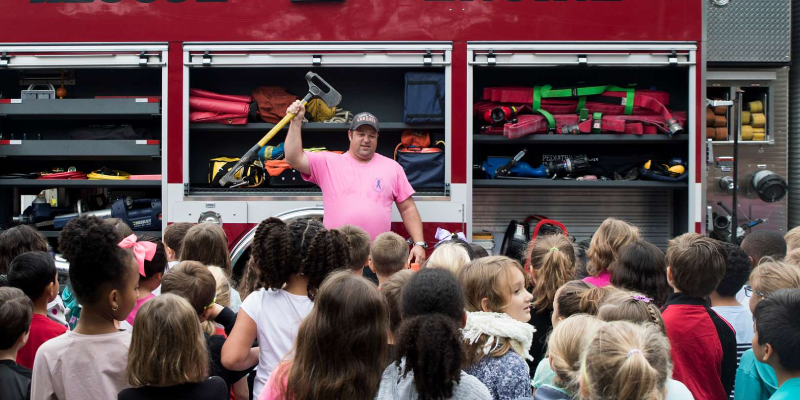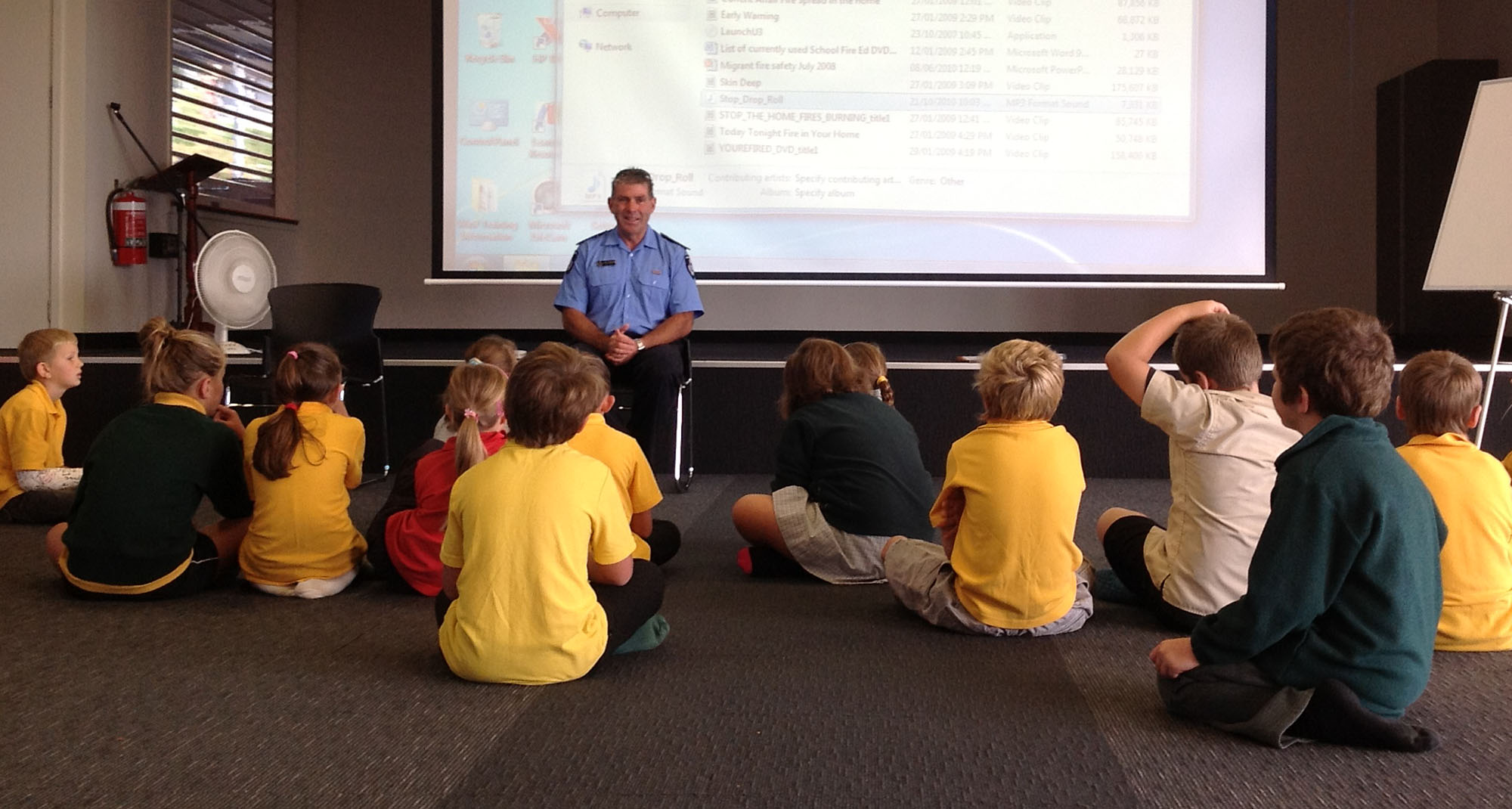
Fire Safety Regulations In School
Fire safety is often a neglected aspect in Indian schools. Fire safety in schools is extremely important because many children gather in one place that increases the likelihood of a fire spreading out of control. Hence, every school must take the necessary precautions to ensure that nothing untoward occurs in the event of a fire emergency.
Schools must take responsibility for the safety of their students. Fire safety education must be made an important part of school education. The following tips and resources can help you teach your children about school fire safety. Top CBSE schools in Chennai (https://www.babajividhyashram.org/) follow these fire safety tips intended for elementary, middle, and high school and college students. Learn more.
Why Is Fire Safety And Training Important For Schools?
Fire is a threat to everyone in urban India. And familiarity with space, the participant, and response procedures are the first steps toward developing aware and alert behaviours. In the case of schools, the school administration is responsible for providing a fire-safe environment for students and should have an emergency plan document prepared. Students should be provided with a fundamental understanding of fire safety and conduct at least two fire safety drills per year.
Similarly, a fire safety plan should include a pictorial map of the school’s physical scenario, classrooms, staff rooms, laboratories, playgrounds, and open spaces. It is important to map fire stations, hospitals, Primary Health Centers, volunteer organizations, and police stations.
Fire safety training is required by law and is extremely valuable to avoid fires that can cause injury and death. Trained employees will gain the necessary skills to prevent fires. They also learn about the combustion triangle, identify fire hazards, and perform risk assessments to avoid fires. Fire safety training largely focuses on responding to a fire in an emergency and working as a team in a fire situation. The training can reduce the number of fires by making employees aware of their surroundings.

How Can Schools Become Fire-Safe?
Top CBSE schools in Chennai follow these vital fire tips to make their schools fire-safe:
- Trim shrubbery and trees around buildings to reduce fire risk.
- Encourage your neighbours to notify school officials if they notice any signs of vandalism, conduct monthly school fire drills, and ensure that exits are unobstructed.
- Fire drills should ensure that students are prepared for a fire. Parents should be encouraged to participate in fire drills.
- Campus fire safety recommendations include closing the door and unplugging the microwave and preventing the use of flammable gases and chemicals near heat sources.
- Fire officials must inspect and test buildings’ heating and fire-prevention systems annually.
- A fire extinguisher must be on every floor and regularly conduct drills.
- School children receive fire safety instruction. Fire drills, awareness-building exercises, and regular training are required to accomplish timely responses.
- Fire alarms are an expensive investment, but they are necessary to save many lives in a disaster. The National
- Fire Protection Association (NFPA) requires that schools have a fire alarm system if they have six or more students.
- Fire safety equipment is required in educational establishments, including fire detection systems, fire sprinkler systems, and fire extinguishers.
- It is important to consult local fire safety authorities and third parties when determining fire prevention measures.
- Fire sprinklers are required in all educational buildings larger than 1,000 square feet and containing multiple rooms. A special hood and fire suppression system are also required.
- Fire safety design standards should include exit routes, fire extinguishers, and electrical systems.
Key Takeaway:
Fire safety in schools requires a collaborative effort from everyone, including the administration, teachers, staff, students, and their parents. Schools should conduct fire safety audits regularly, and students and teachers must be aware of fire safety procedures. Regular fire drills are mandatory, and students with special needs should be paired with an adult. It is important that fire prevention and fire safety measures be incorporated into the initial school design and maintained regularly. However, if a fire breaks out at your child’s school, go to the nearest exit as quickly as possible.
